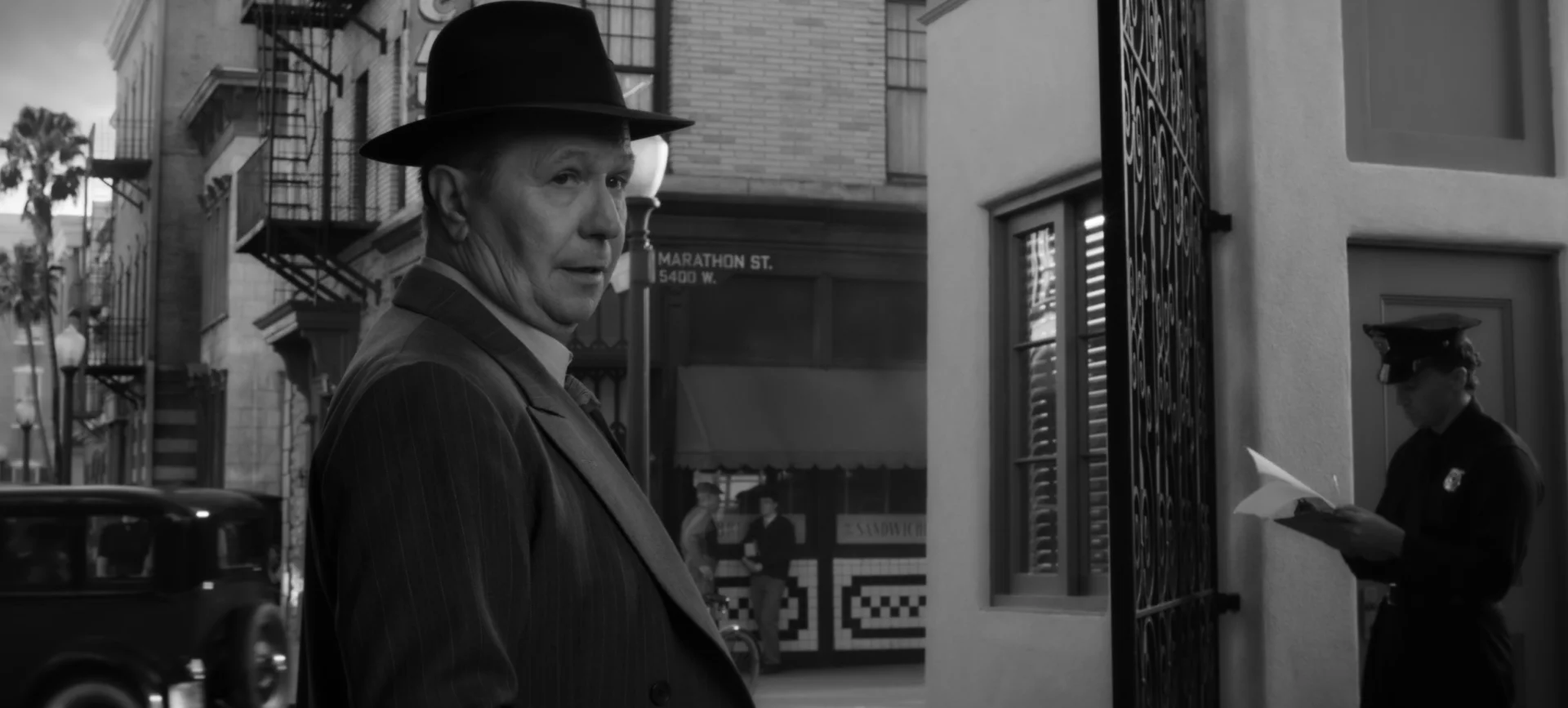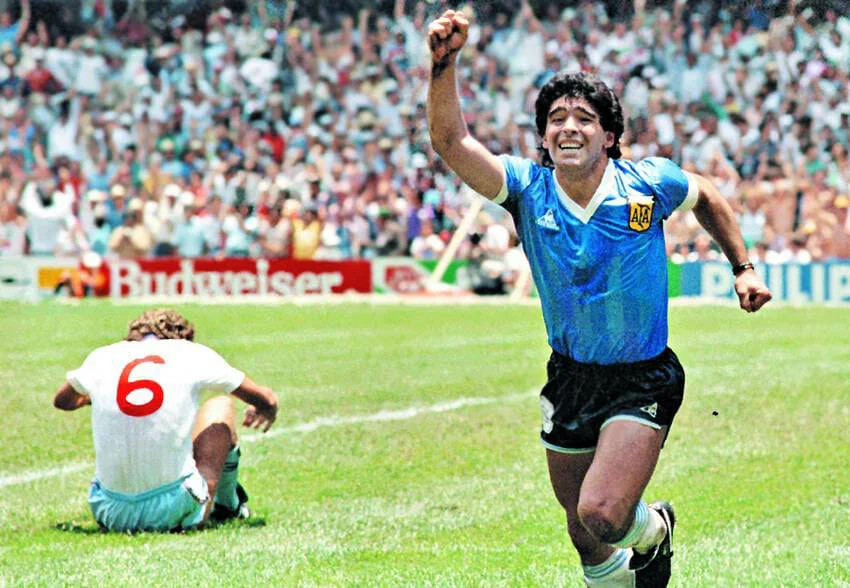
Mank | The Impression of a Man's Life
Year
Runtime
Director
Main Cast
Writer
Cinematographer
Production Designer
Country
Format
Genre
Subgenre
By
“How do you solve a problem like Herman Mankiewicz?” Asks director David Fincher about the subject of his 2020 Netflix feature Mank— the disenchanted, alcoholic, and at times brilliant writer of Citizen Kane. He continues: “You take him away from the trappings that would allow him to be this hot mess, and you put him out in the desert, and subject him to a schedule, and it still ends up being a clusterfuck, but interesting stuff came out of it.”
The Hollywood of Old
By “interesting stuff” he means the original 300-page manuscript for Orson Welles‘ 1941 masterpiece: a script that in its final form would go on to win the Academy Award for Best Original Screenplay the following year. But Fincher’s Mank concerns itself less with Citizen Kane or the creative process than with the tragic figure of Mankiewicz himself, particularly his role in the Hollywood studio system of the 1930s and early 40s. Using the same circular “cinnamon roll” structure as Kane, Fincher weaves his narrative between the Victorville bungalow where Mank writes, suffering from withdrawal, and his bygone days on the MGM film lots, brushing shoulders with the likes of David O. Selznick, Louis B. Mayer, Irving Thalberg, and most significantly, newspaper tycoon William Randolph Hearst (whom the character of Kane would be based upon).
A Modern Homage to Classic Cinema
As Mankiewicz (played by a crumpled-looking Gary Oldman) says in the film, “You cannot capture a man’s entire life in two hours. All you can hope is to leave the impression”. While speaking of Citizen Kane, he also seems to be referencing Mank himself. Throughout, Fincher asserts his artistic impressionism over strict loyalty to historical fact.
Stylistically, Fincher and cinematographer Eric Messerschmidt chose early on to shoot black and white in a high-res digital widescreen format. They then degraded the footage (as well as the sound) with a patina of scratches, pops, and reel-change circles. Messerschmidt includes nods to Kane cinematographer Gregg Toland‘s use of deep focus and low angles. But he also draws his inspiration from various decades of black and white photography, from The Grapes of Wrath (1940) and The Big Combo (1955) to The Apartment (1960) and Manhattan (1979). What emerges is what he describes as, “…a combination of homage to classic cinema with elements of modern technique sprinkled in.”
The Line Between Art and Business
Thematically as well, Mank is a work of interpretation over time. David Fincher’s father, Jack Fincher, wrote the original screenplay in the 1990s. He was strongly influenced by Pauline Kael‘s 1971 essay “Raising Kane” in which she negates Welles’ involvement in the writing of the Citizen Kane script. Her argument was found to be resoundingly erroneous, most famously rebuffed by director Peter Bogdanovich in his 1972 Esquire essay “The Kane Mutiny.” Still, it weaseled its way into the first drafts of Mank, affecting the portrayal of Welles even in the final version.
Upon personalizing his father’s work, Fincher shifted the focus from a rebuke of auteur theory to a critical exploration of enforced collaboration, informed by his own traumatic experience working for 20th Century Fox on Alien 3 (ultimately losing the final edit). With Hollywood more centralized than it’s been since the Golden Age, Mank relevantly questions the relationship between creator and corporation, art and business. Orson Welles, himself an outsider in Hollywood, summed it up best when he said, “The big studio system often made writers feel like second-class citizens […] a lot of them were pretty bitter and miserable. And nobody was more miserable, more bitter and funnier than Mank… a perfect monument of self-destruction.”
Tag
Buy a ☕ for Hypercritic






